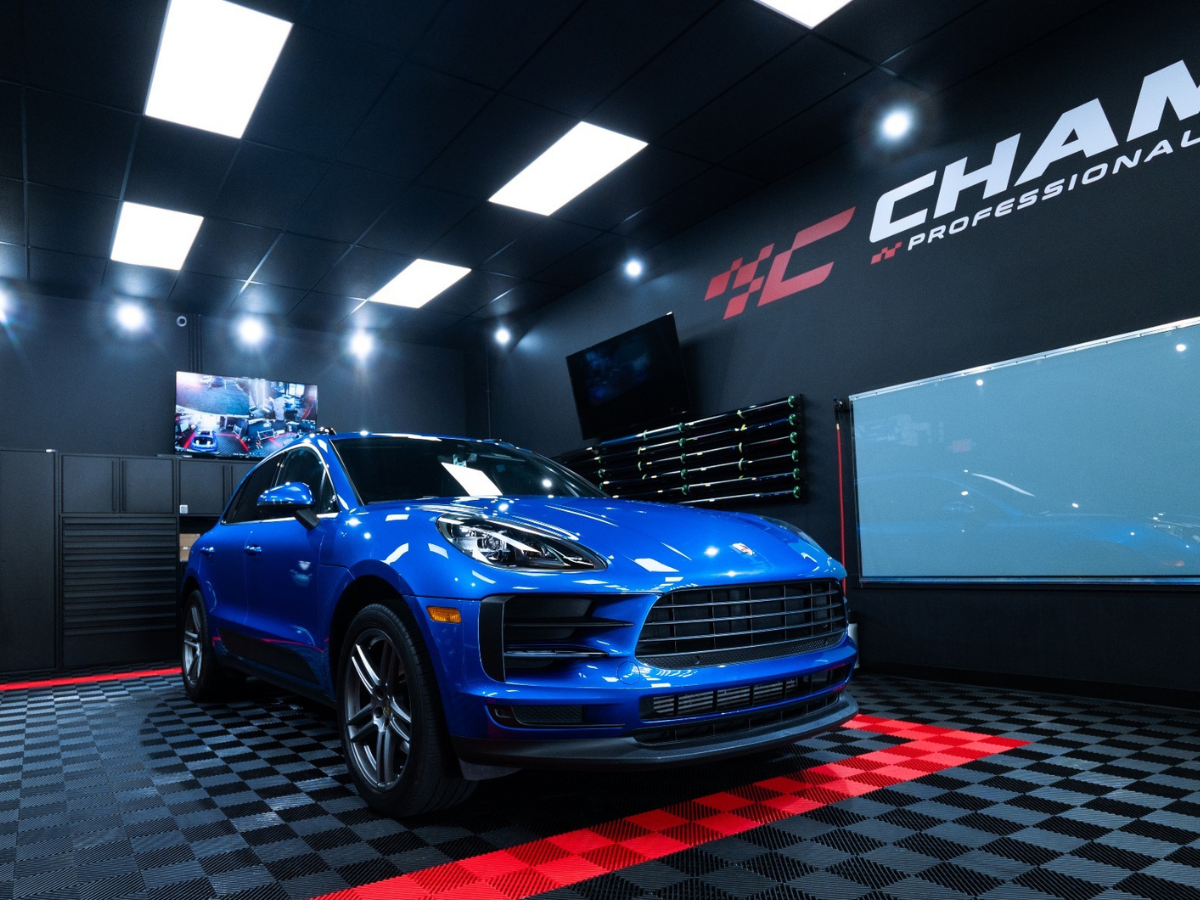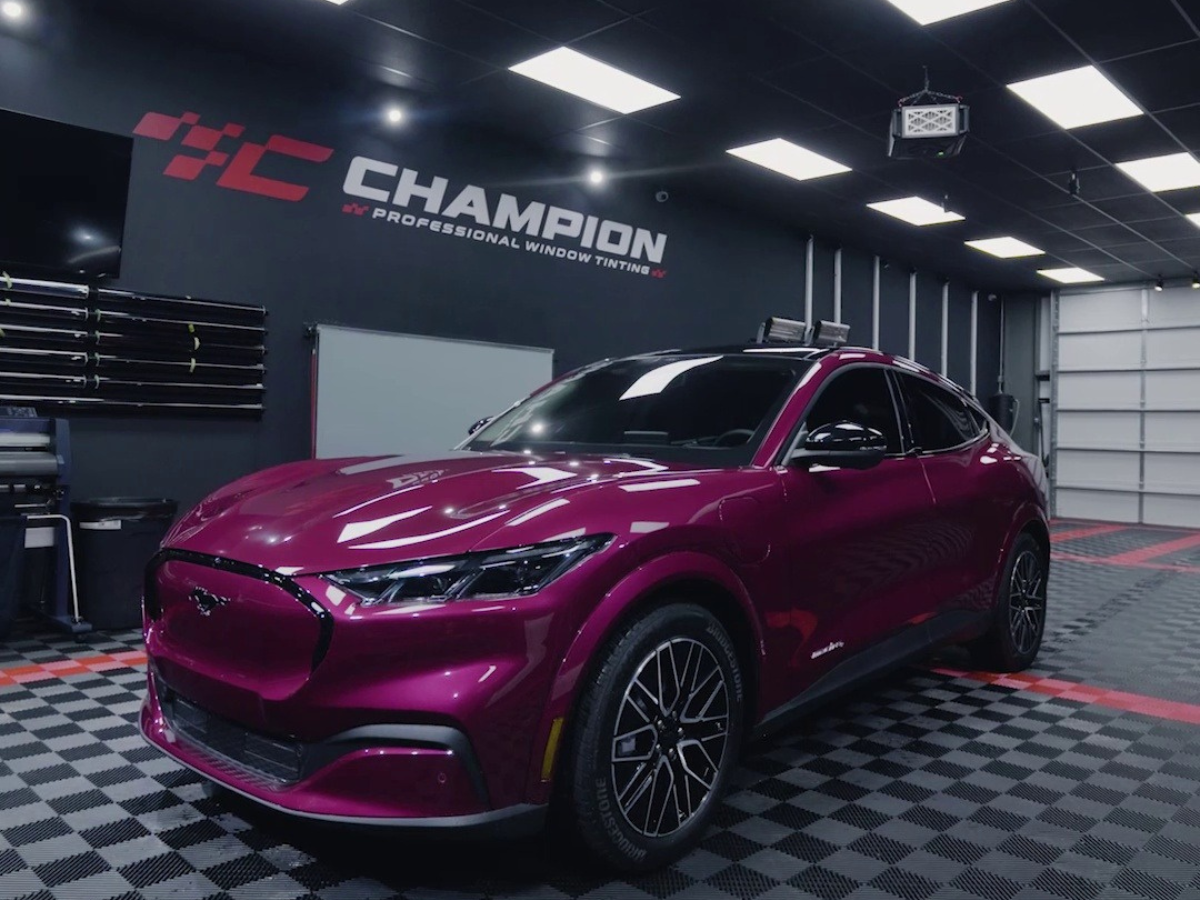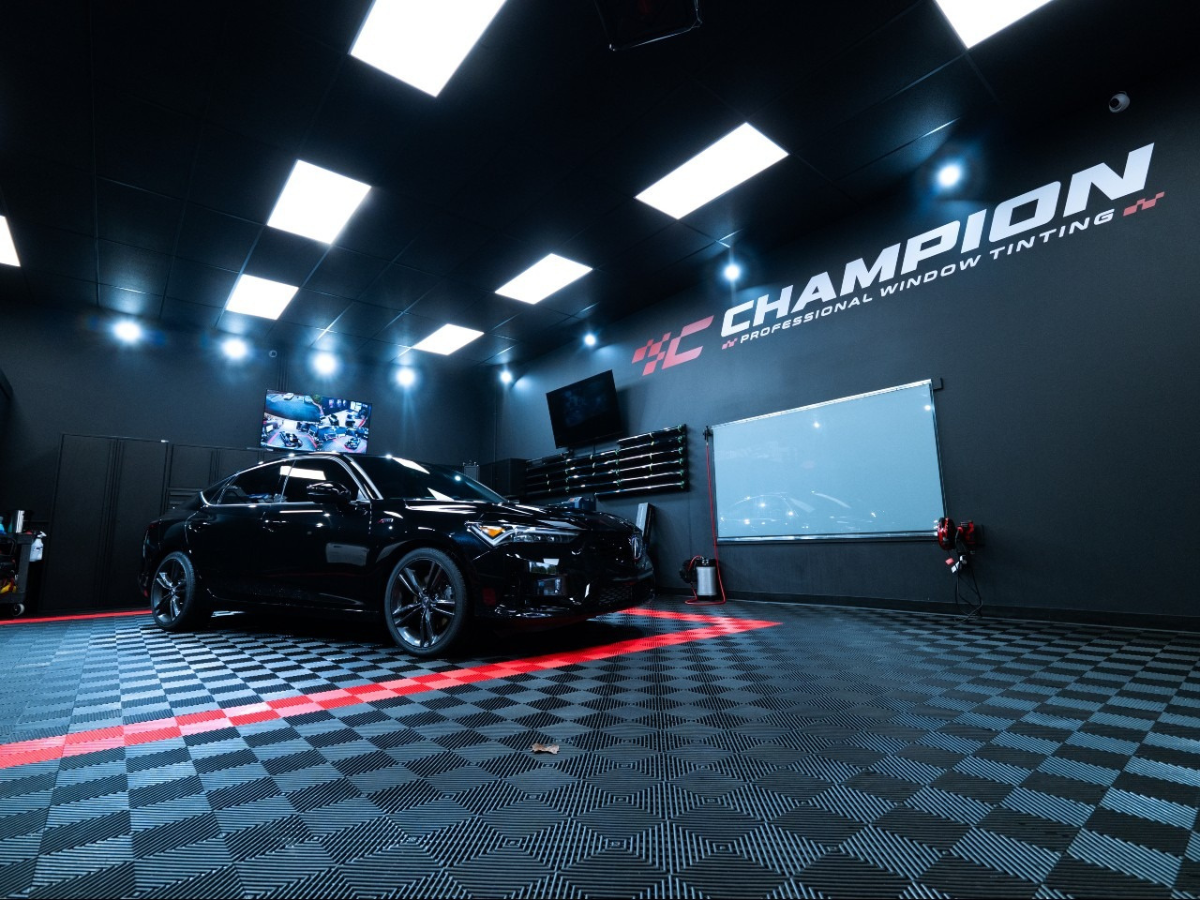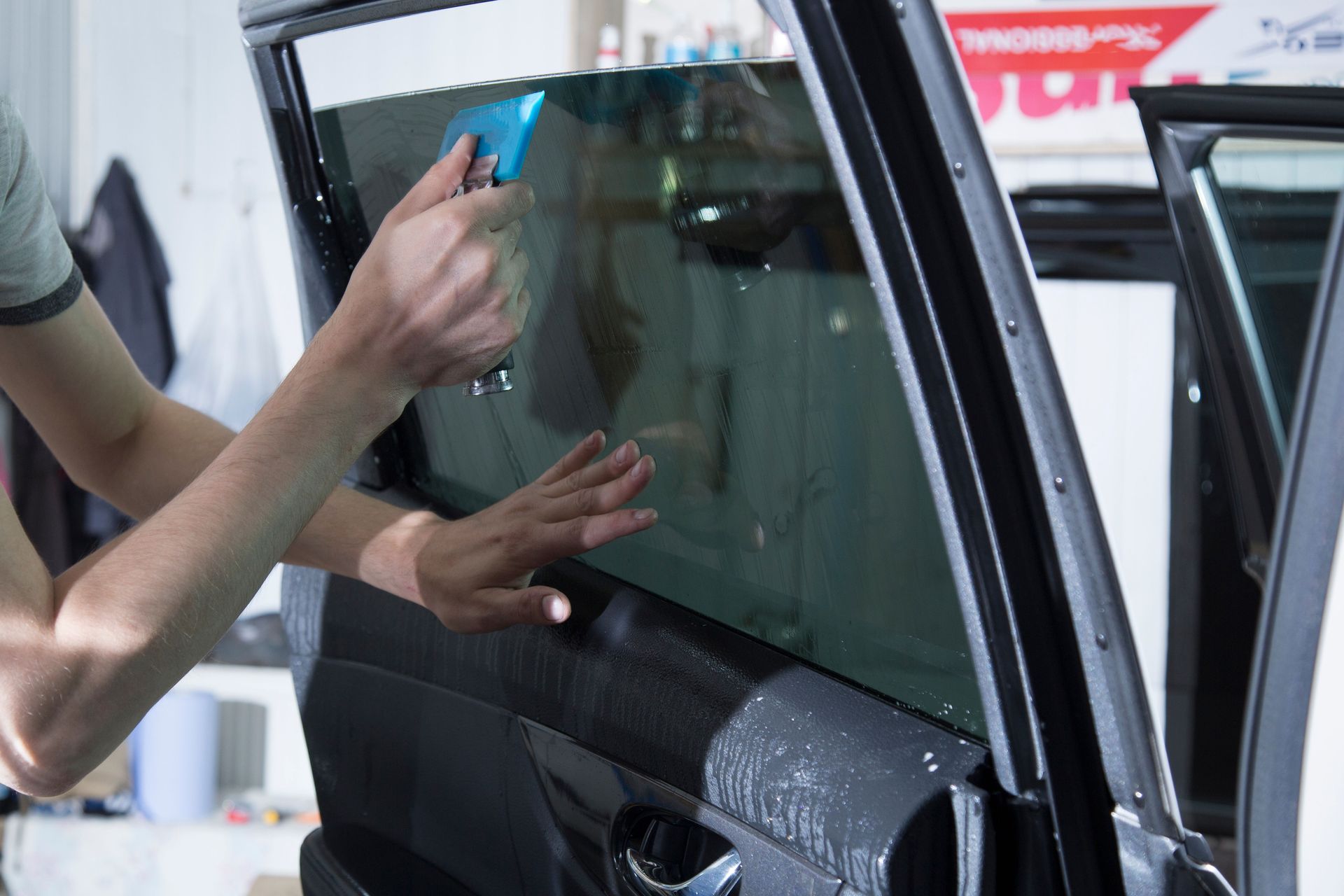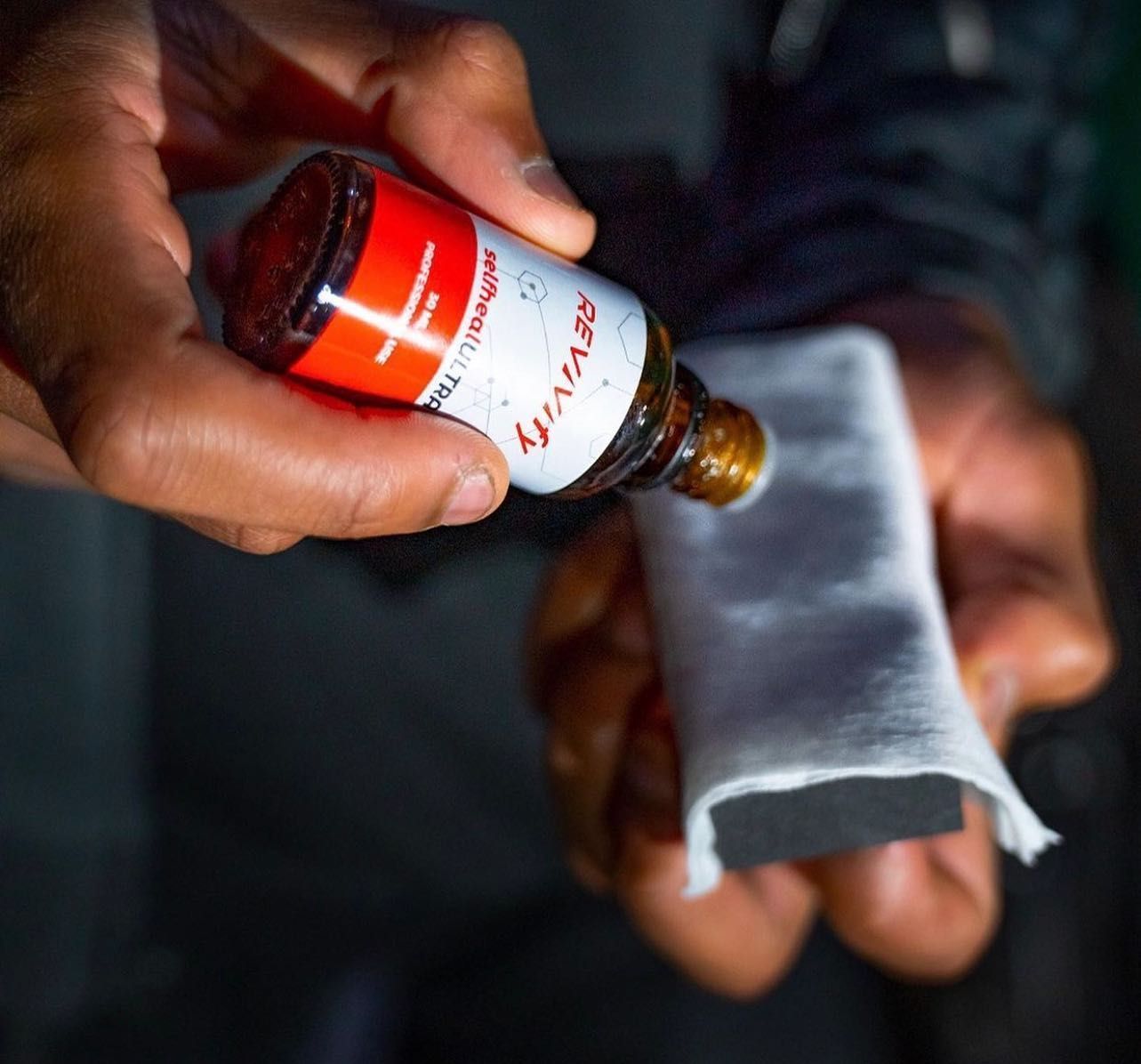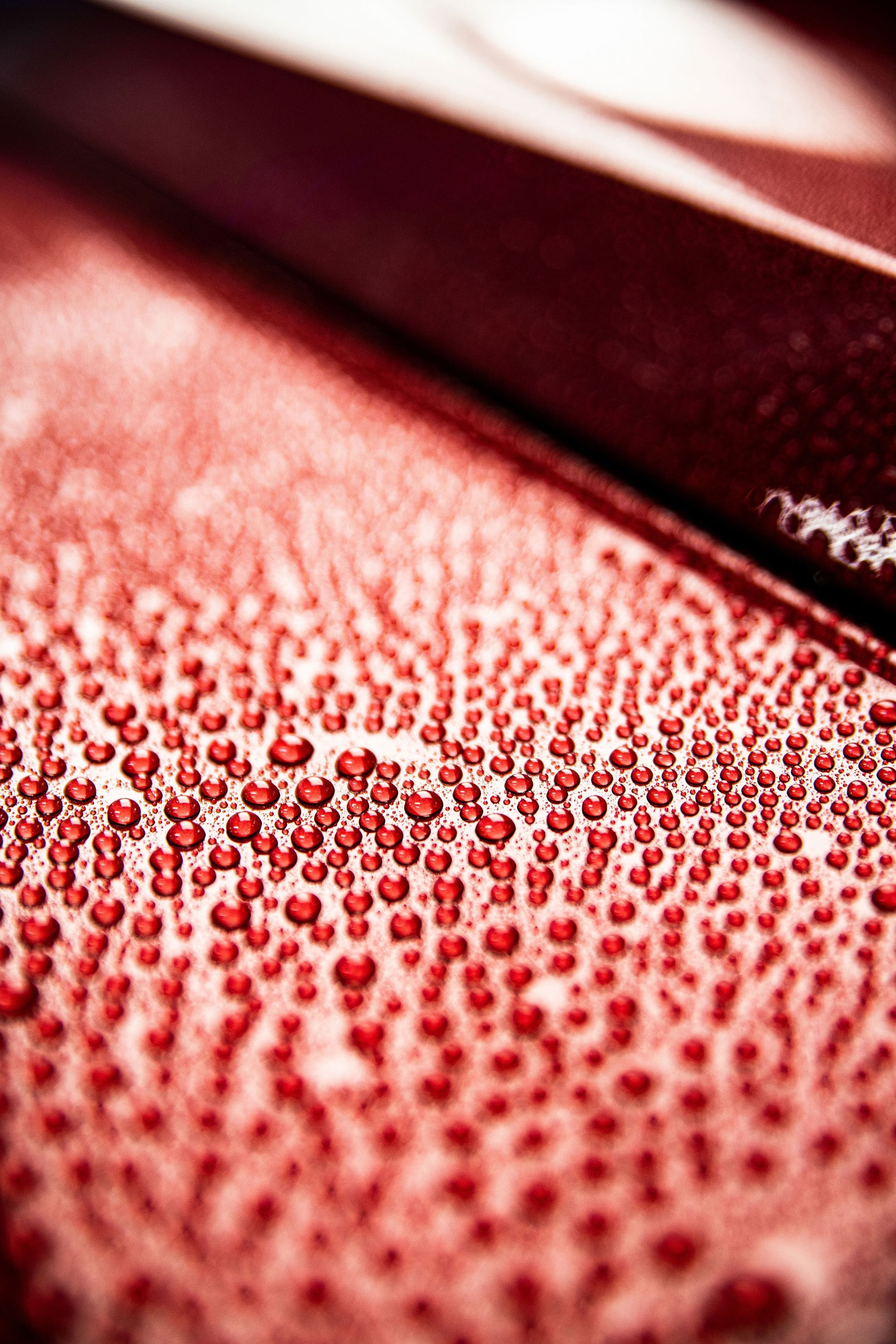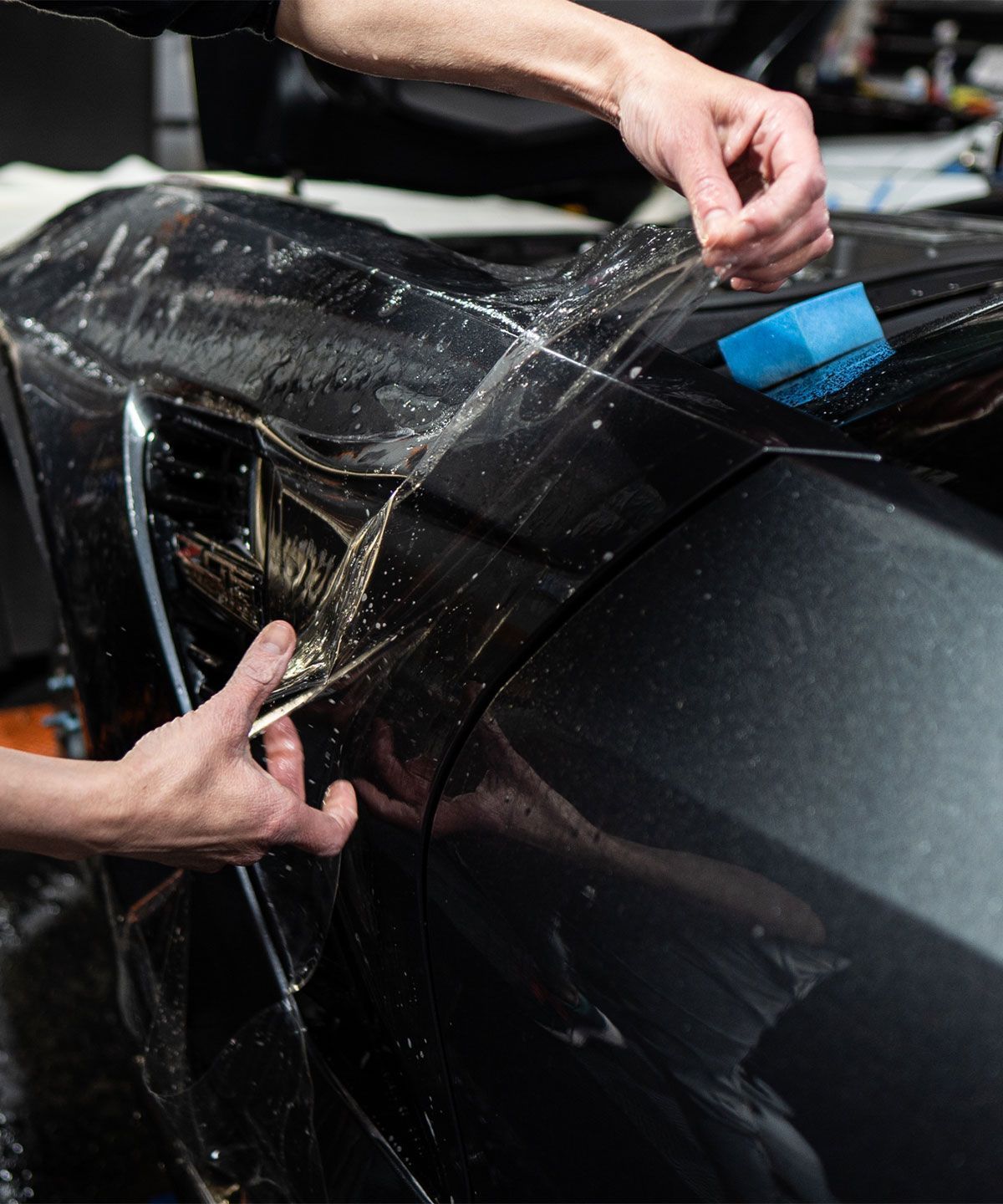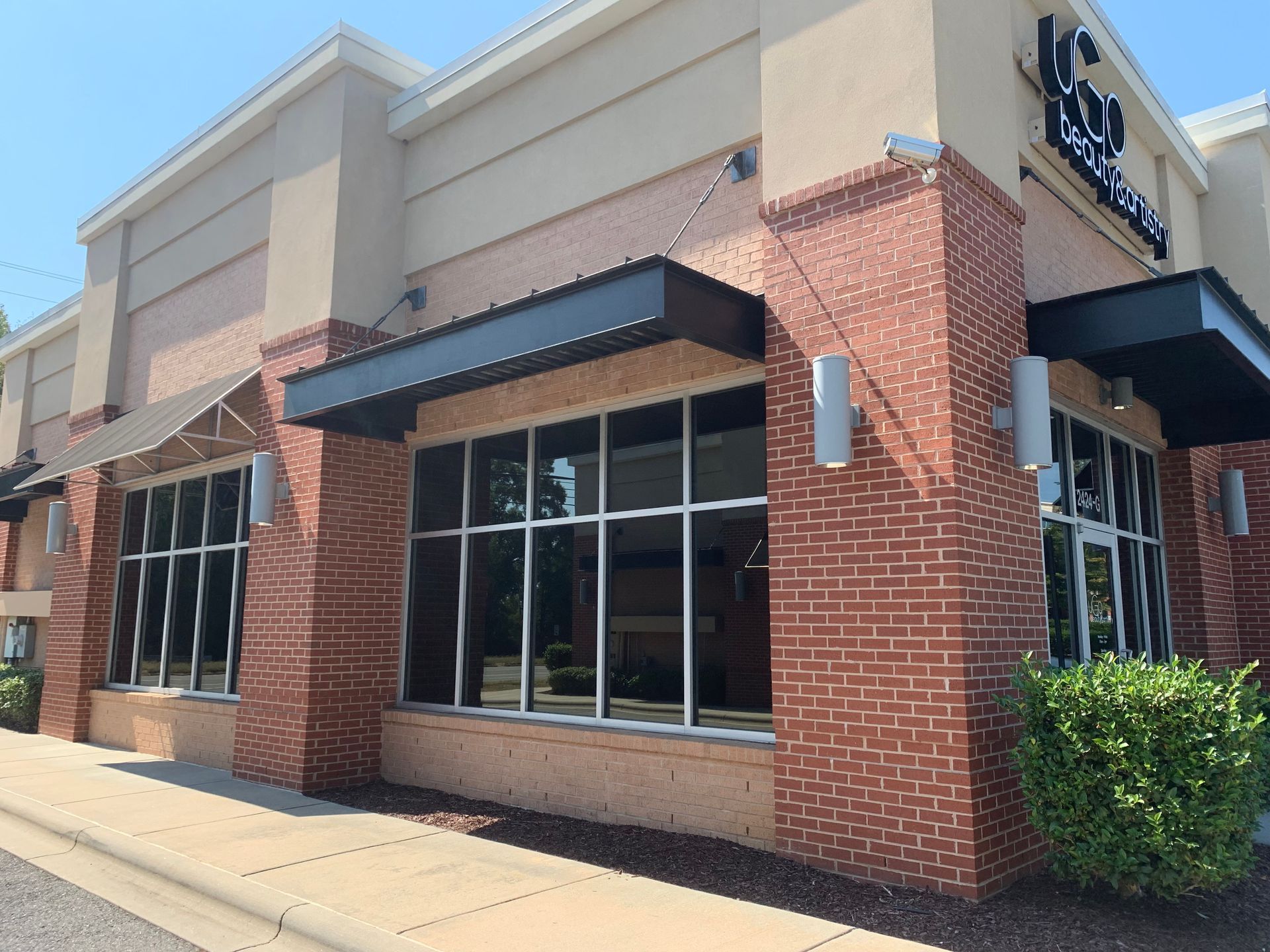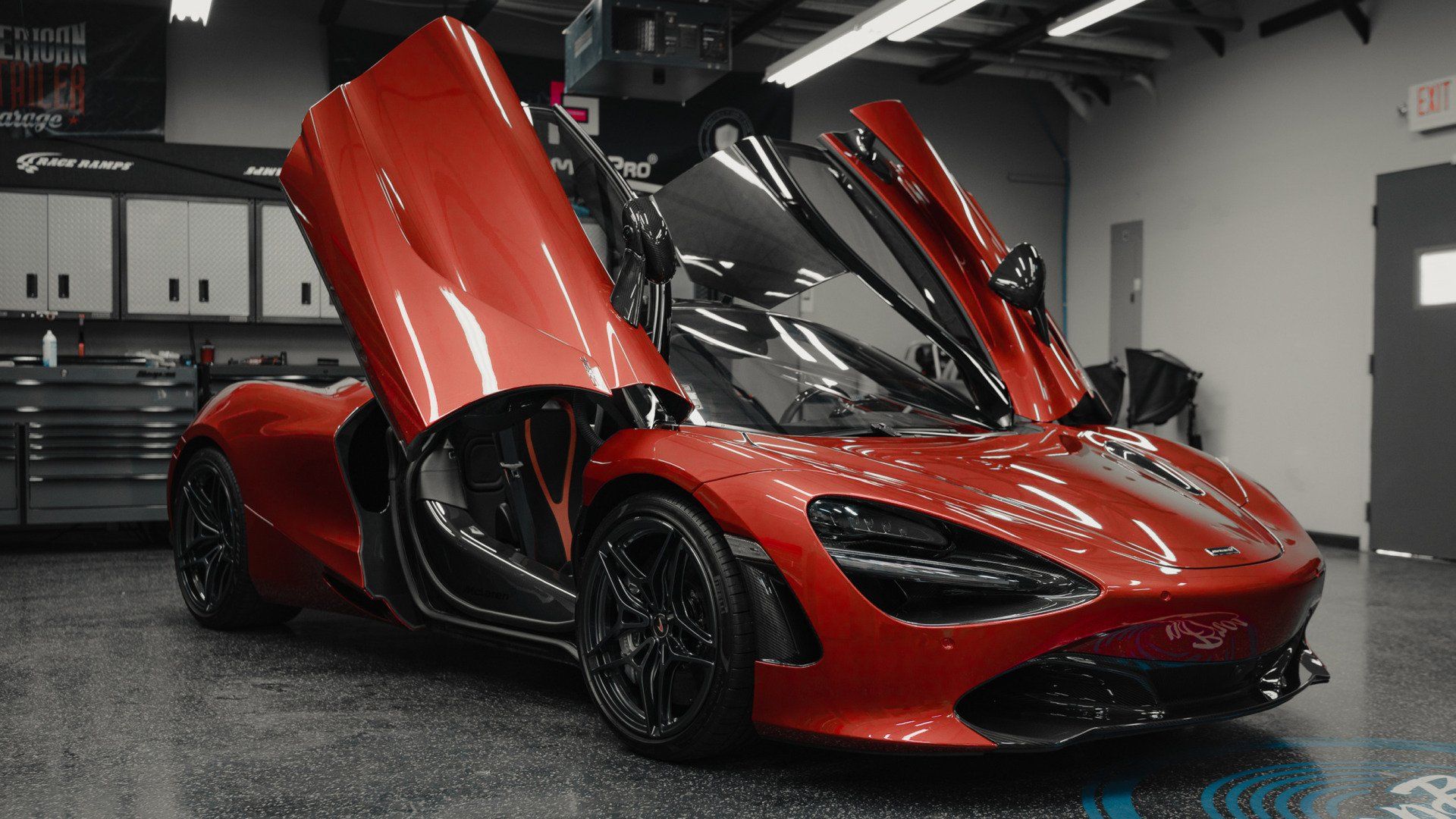Every car owner knows the sinking feeling of seeing a scratch on their beloved vehicle or the gradual fade of its once-vibrant paint. As you strive to keep your car looking brand new, the quest for the best protection is never-ending. That’s where paint protection film (PPF) comes in, offering a layer of defense against the hazards of everyday driving. But how long does this armor genuinely last?
In this article, we will dive into the world of PPF, examining its advantages and lifespan and how to tell when it’s time for a new application. If you’re weighing the option of PPF for your vehicle, knowing its longevity can help you safeguard your investment.
What is paint protection film (PPF)?
Paint Protection Film, often called PPF, is a transparent, durable urethane film applied to a vehicle's exterior surface. Designed to protect your car’s paint from scratches, chips, and other forms of damage, PPF acts as a barrier against environmental hazards such as road debris, bird droppings, tree sap, and UV rays. The technology behind PPF has advanced significantly in recent years, making it more effective and easier to apply than ever before.
PPF comes in various thicknesses and finishes, allowing for customization based on your preferences and your vehicle's specific needs. Whether you choose a matte or glossy finish, the primary purpose remains: to shield your car’s paint from damage while enhancing its overall appearance.
The benefits of paint protection film
Before we dive into the lifespan of PPF, it’s essential to understand the numerous benefits paint protection film offers:
- Protection from scratches and chips: One of the primary reasons car owners invest in PPF is to prevent unsightly scratches and chips from damaging their vehicle’s paint. The film absorbs impacts from small rocks and debris, helping to maintain your car's exterior.
- UV protection: Prolonged exposure to sunlight can lead to paint fading and deterioration. PPF provides a protective layer that shields your vehicle from harmful UV rays, keeping the paint vibrant for years.
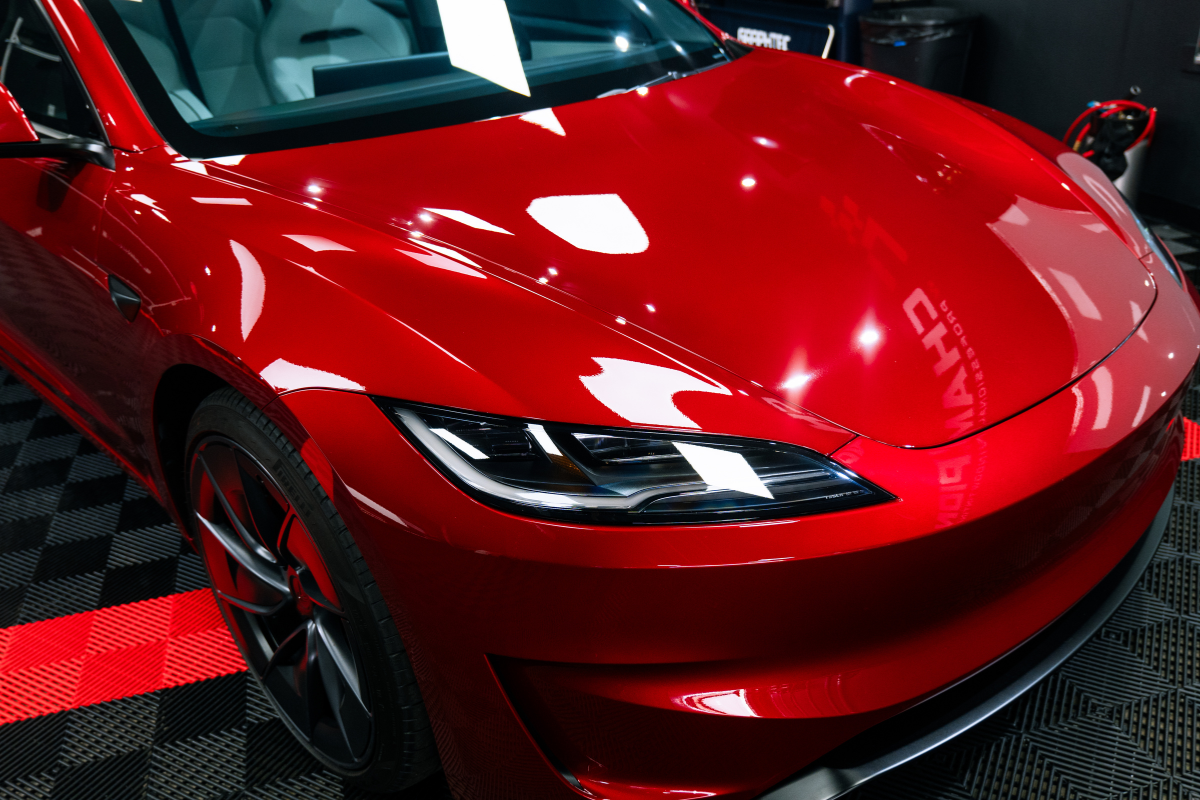
- Self-healing properties: Many modern PPF products feature self-healing technology, meaning minor scratches can disappear over time when exposed to heat. This feature significantly enhances the longevity and appearance of the film.
- Easy maintenance: Unlike traditional waxing or sealing, PPF requires minimal maintenance. Regular washing is sufficient to keep your car looking great, making it a convenient option for busy car owners.
- Enhanced resale value: A vehicle that has been protected with PPF can retain its value better than one that has not. The film helps prevent paint damage, which can be a significant selling point when it’s time to trade in or sell your car.
How long does paint protection film last?
The lifespan of Paint Protection Film can vary based on several factors, including the quality of the film, the installation process, and the environmental conditions in which the vehicle is used. On average, high-quality PPF can last anywhere from five to ten years or more. Here’s a more detailed breakdown of the factors influencing the longevity of PPF:
- Quality of the film: Not all PPF products are created equal. Higher-quality films often come with better durability, self-healing properties, and resistance to yellowing. Investing in a reputable brand can significantly extend the protection's lifespan.
- Installation: Proper installation is critical for the performance and longevity of PPF. A professional installer will ensure that the film adheres correctly to the surface, minimizing the risk of peeling or bubbling. DIY installations, while cost-effective, may result in premature failure if not done correctly.
- Environmental conditions: The conditions in which you drive your vehicle can also affect the lifespan of PPF. Cars exposed to harsh weather conditions, frequent off-road driving, or heavy road debris may experience more wear and tear on the film, leading to a shorter lifespan.
- Maintenance: Although PPF requires less maintenance than traditional waxing, it still needs to be cared for properly. Regular washes and avoiding harsh chemicals can help preserve the film's integrity and extend its life.
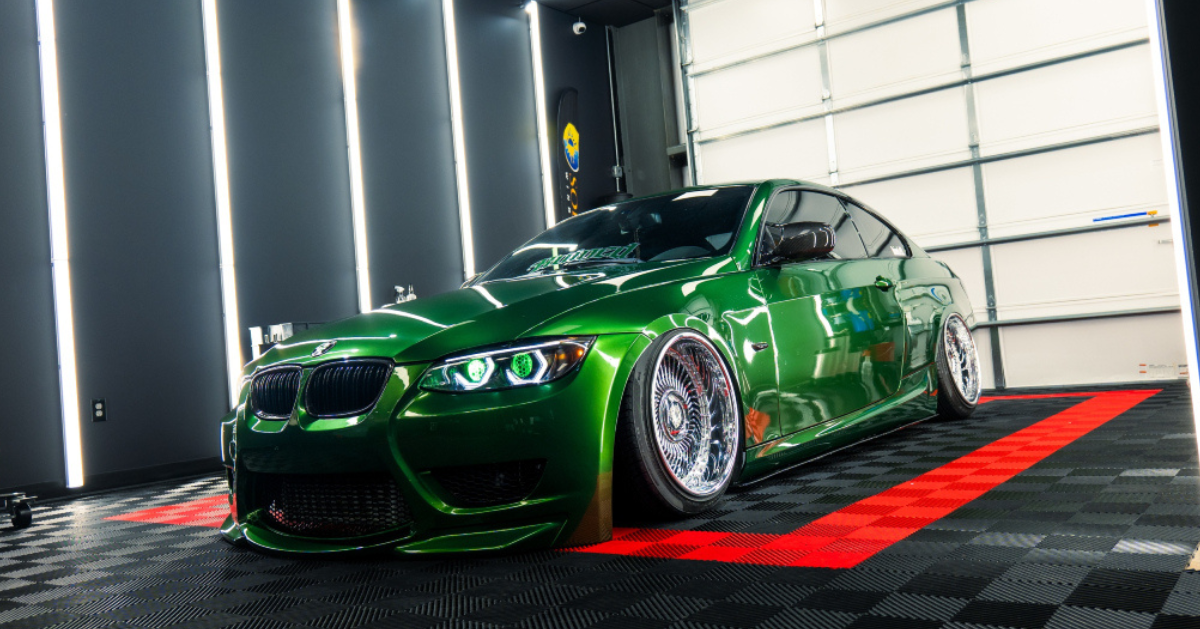
Signs your PPF needs replacement
While Paint Protection Film is designed to be durable, it may eventually need replacing. Here are some signs to look for that indicate your PPF is reaching the end of its lifespan:
- Yellowing: One of the most common signs of aging PPF is yellowing. This discoloration can occur due to prolonged exposure to UV rays and environmental contaminants. If your film has developed a yellow tint, it may be time to replace it.
- Peeling or lifting: If you notice any areas where the film is beginning to peel away from the surface or lift at the edges, it indicates that the film is no longer adhering correctly. This can expose your paint to damage and should be addressed promptly.
- Visible scratches and damage: While PPF is designed to protect against scratches, it can still show signs of wear over time. If the film is heavily scratched or damaged, it may not offer the same level of protection, and replacement should be considered.
- Bubbling: Bubbling or wrinkling under the film is another sign that it may need to be replaced. This can occur due to improper installation or damage to the adhesive layer. Bubbling can compromise the protective qualities of the film.
- Loss of gloss or clarity: A well-maintained PPF should maintain its clarity and gloss. If the film appears cloudy or dull, it may lose effectiveness and should be evaluated for replacement.
Is PPF worth it?
Investing in paint protection film is a wise decision for any vehicle owner looking to maintain their car's appearance and value. As mentioned previously, with an average lifespan of five to ten years, PPF provides long-lasting protection against scratches, UV rays, and environmental damage. However, monitoring your film for signs of wear and tear, such as yellowing, peeling, or bubbling, is crucial. By recognizing these signs earlier, you can ensure your vehicle remains protected and looks its best.
See
How Paint Protection Film (PPF) Enhances the Longevity of High-End Vehicles
Where to find the best PPF installation service in Cornelius?
If you’re ready to enhance and protect your vehicle with high-quality Paint Protection Film, Champion Window Tinting is here to help. Our team of professionals is dedicated to providing the best installation services to ensure your investment lasts for years to come. Don’t wait until it’s too late—contact us today to schedule an appointment or learn more about our services!
Visit us at 10415 Bailey Rd, Cornelius, NC 28031, or call us at 704-275-2002 to get started on protecting your vehicle with Paint Protection Film!

